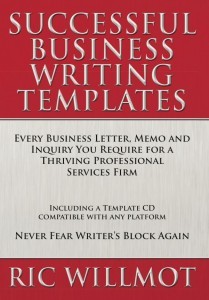The Speakers Practice has invited Australian Business owners to submit articles on the topic of the Presentation Skills in the workplace. Contributors are experts in their industry , discussing aspects and giving advice concerning presentation skills in their field of expertise.Introducing Maureen Bell –
Maureen Bell, “Speak with Presence” works with people and Companies who speak in public, to develop presentations, present to engage and speak with confidence. Maureen is based in Sydney.
The ability to present persuasively, naturally, and professionally is one of the most important assets you can develop in both workplace and social situations. It is one of life’s great truisms that they way we communicate with others determine’s the quality of our life. Good communication is vital because we often have to change or influence the thoughts and behaviour of others, particularly in the workplace. Good speaking skills are necessary to communicate a message clearly. However, many people feel scared or nervous to speak out particularly in the workplace and this can stop you taking opportunities or career advancements.
Understanding how to prepare and practise public speaking will decrease your nerves significantly. The following 10 tips are designed to help you focus when next delivering a presentation.
Know your audience. Why are you speaking to this audience? Who is going to be in the audience? Why are they attending?
Know your environment. Make sure you arrive early to check out your speaking arena. Check lighting, audiovisual equipment, microphones, room layout and anything that may impact your presentation to ensure all is ready and working fully.
Know your purpose. What is the reason for your presentation?
Is your purpose to inform, demonstrate, persuade, or entertain? Perhaps it is a combination of the above?
Know how to start. Start your speech or presentation with real impact. An effective introduction allows you to establish rapport with your audience. It should grab their attention and interest, as it is your chance to create a favourable first impression. Research show you only have 30 seconds to do this.
Know how to structure. Have you organised your presentation so that your main topic points flow in a logical order and are easy to understand? Have you used anecdotes, stories and humour to help your audience understand the meaning of your facts and statistics?
Know how to end your speech. Do not end with questions and answers and remember to end with a conclusion. The conclusion is an important part of a presentation as it is the last thing your audience hear. It is your last chance to create a lasting impression. It plays a key role in how your audience will remember you and your key messages.
Know how to talk with ease. Presenting is talking to other human beings, therefore talk to them rather than read from PowerPoint. Humans need connection and when you read from slides there is no connection with the audience. Use slides to reinforce or enhance your message. Remember the only way to influence people is by connecting with them. Look them in the eye and converse with them.
Know that you must practise. Have you practised your presentation over and over again using only abbreviated notes? Have you practised your eye contact, pace of speech, volume, tone and body gestures? Have you practised to the point where you are comfortable with the material or content?
Know when to use handouts. If your presentation involves statistics and analytical data, put them in a handout that the audience can refer to. Don’t bore them by reciting a plethora of numbers. When used well, numbers and data will add to the impact of a speech, rather than bogging the audience down in detail.
Know that it is you that brings a presentation or speech alive. What will the audience most remember? It is unlikely they will remember power point slides. They will remember well presented information supported with relevant data and anecdotes which is delivered with meaning and emphasis. They will remember you!
Thanks Maureen, some great words of advice. There’s alot to remember when delivering a presentation , your 10 tips will really assist anyone giving that important presentation.










